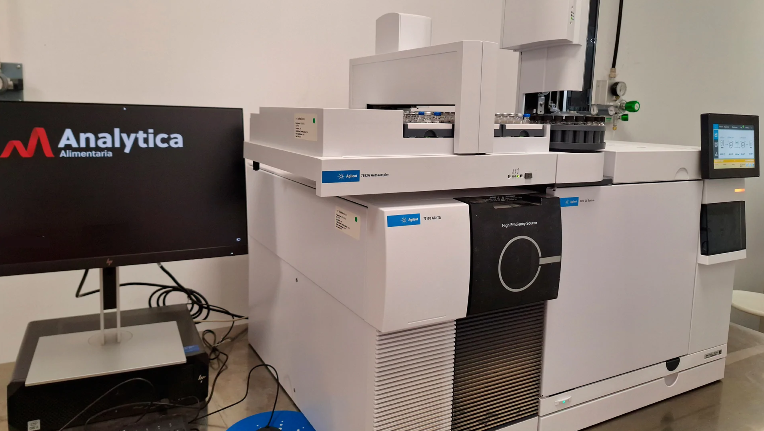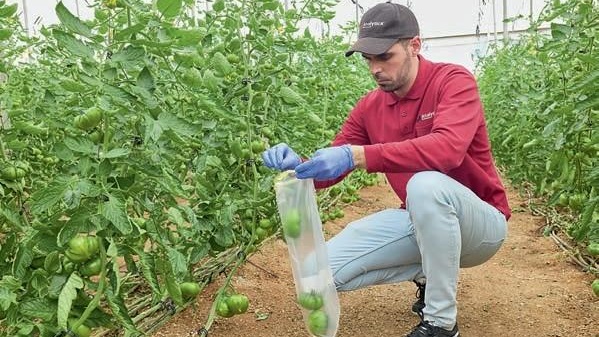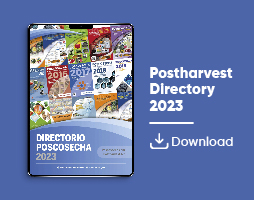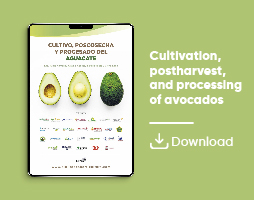Measurements
The importance of Acute Reference Dose (ARfD) Assessment
In the European Union (EU), food can be marketed for sale if it complies with national (if applicable) and European laws, and if it is deemed "safe" according to Regulation (EC) 178/2002. Regulation (EC) 396/2005 establishes Maximum Residue Limits (MRLs) in foods of plant and animal origin. MRLs are the highest permitted values at which a substance should be found when correctly applied in accordance with good agricultural practices. They help in the free movement of goods by delineating clear trade standards that ensure consumer protection. Nonetheless, compliance with Maximum Residue Limits (MRLs) does not always guarantee that food is safe and non-toxic. Although MRLs are typically set well below levels that would pose risks to consumer safety, an MRL exceedance indicates incompliance with food standards and renders products non-marketable in the EU. In addition, products may be non-marketable even when meeting pesticide MRLs, as Regulation (EC) 178/2002 states: "Conformity of a food with specific provisions applicable to that food shall not bar the competent authorities from taking appropriate measures to impose restrictions on it being placed on the market or to require its withdrawal from the market where there are reasons to suspect that, despite such conformity, the food is unsafe". The scope of food safety is much broader than MRLs. For example, the EU also requires toxicological risk assessments to consider food fit for consumption. Both short-term risks (acute exposure) and long-term risks (chronic exposure) are to be assessed 1 .For this purpose, the European Food Safety Authority (EFSA) and the World Health Organization (WHO), along with other leading health authorities, have established Acute Reference Dose values (ARfDs) that are updated with the most recent, relevant scientific information. ARfDs are an estimate of the amount of a substance that can be ingested over the course of a day without any appreciable health risk to the consumer. They are usually expressed on a body weight basis. Since 2007, EFSA PRIMo (Pesticide Residue Intake Model) has been the standard tool used in the EU to perform dietary risk assessments for pesticide residues 2 . At Analytica Alimentaria, we also perform our toxicological risk assessments using this PRIMo model with the IESTI methodology proposed in the Scientific Workshop in Geneva organized by EFSA and cosponsored by FAO/WHO. In our reporting, we indicate exposure to individual pesticides via food contamination as a percentage of the published ARfD. Accordingly, if the value exceeds 100%, the food is considered a risk to the consumer because it exceeds the health guideline reference value. Many retailers have introduced internal specifications which are more restrictive than the published ARfD values. For example, some retailers only allow for 50% of the published ARfD value to be exceeded. Practical considerations New ARfD values are published as soon as any research improves the current state of knowledge regarding the toxicity of a specific pesticide or metabolite (for example, when metabolites were previously unknown or unmeasurable as in the cases of formetanate, chlorpyrifos, lambda-cyhalothrin, and flonicamid among others). Anytime an ARfD value is updated, the new value should be immediately considered in toxicological evaluations for proper evaluation. Changes to MRLs, on the other hand, can take months or even years to become law. Because of this, toxicological evaluations using the ARfD values are needed in every case to protect both final consumers and our clients. It is worth noting that within the EU, the final decision about consumer exposure to health risk lies with each member state. For example, the competent authority would be the BfR (Bundesinstitut für Risikobewertung) in Germany whereas and the same role is held by AESAN (Agencia Española de Seguridad Alimentaria y Nutrición) in Spain.
07 September, 2023
In the European Union (EU), food can be marketed for sale if it complies with national (if applicable) and European laws, and if it is deemed "safe" according to Regulation (EC) 178/2002. Regulation (EC) 396/2005 establishes Maximum Residue Limits (MRLs) in foods of plant and animal origin. MRLs are the highest permitted values at which a substance should be found when correctly applied in accordance with good agricultural practices. They help in the free movement of goods by delineating clear trade standards that ensure consumer protection. Nonetheless, compliance with Maximum Residue Limits (MRLs) does not always guarantee that food is safe and non-toxic. Although MRLs are typically set well below levels that would pose risks to consumer safety, an MRL exceedance indicates incompliance with food standards and renders products non-marketable in the EU. In addition, products may be non-marketable even when meeting pesticide MRLs, as Regulation (EC) 178/2002 states: "Conformity of a food with specific provisions applicable to that food shall not bar the competent authorities from taking appropriate measures to impose restrictions on it being placed on the market or to require its withdrawal from the market where there are reasons to suspect that, despite such conformity, the food is unsafe". The scope of food safety is much broader than MRLs. For example, the EU also requires toxicological risk assessments to consider food fit for consumption. Both short-term risks (acute exposure) and long-term risks (chronic exposure) are to be assessed [1] .For this purpose, the European Food Safety Authority (EFSA) and the World Health Organization (WHO), along with other leading health authorities, have established Acute Reference Dose values (ARfDs) that are updated with the most recent, relevant scientific information. ARfDs are an estimate of the amount of a substance that can be ingested over the course of a day without any appreciable health risk to the consumer. They are usually expressed on a body weight basis. Since 2007, EFSA PRIMo (Pesticide Residue Intake Model) has been the standard tool used in the EU to perform dietary risk assessments for pesticide residues [2]. At Analytica Alimentaria, we also perform our toxicological risk assessments using this PRIMo model with the IESTI methodology proposed in the Scientific Workshop in Geneva organized by EFSA and cosponsored by FAO/WHO. In our reporting, we indicate exposure to individual pesticides via food contamination as a percentage of the published ARfD. Accordingly, if the value exceeds 100%, the food is considered a risk to the consumer because it exceeds the health guideline reference value. Many retailers have introduced internal specifications which are more restrictive than the published ARfD values. For example, some retailers only allow for 50% of the published ARfD value to be exceeded. Practical considerationsNew ARfD values are published as soon as any research improves the current state of knowledge regarding the toxicity of a specific pesticide or metabolite (for example, when metabolites were previously unknown or unmeasurable as in the cases of formetanate, chlorpyrifos, lambda-cyhalothrin, and flonicamid among others). Anytime an ARfD value is updated, the new value should be immediately considered in toxicological evaluations for proper evaluation. Changes to MRLs, on the other hand, can take months or even years to become law. Because of this, toxicological evaluations using the ARfD values are needed in every case to protect both final consumers and our clients. It is worth noting that within the EU, the final decision about consumer exposure to health risk lies with each member state. For example, the competent authority would be the BfR (Bundesinstitut für Risikobewertung) in Germany whereas and the same role is held by AESAN (Agencia Española de Seguridad Alimentaria y Nutrición) in Spain. Differences in methodologiesFor MRL regulatory compliance assessment under Regulation (EC) 396/2005, evaluation should follow the 396/2005 product definitions. For example, watermelons are defined as "whole product after removal of the stalk". For ARfD dietary risk assessment, however, only the edible portion (without rind, what the final consumer will ingest) is to be considered. At Analytica Alimentaria, this point is of vital importance when evaluating test results for our clients. In cases where ARfD exceedance is suspected, we re-test the edible portion of the product so that any critical values can be appropriately assessed. For example, when testing watermelons which were deemed non-marketable in the EU due to high levels of flonicamid residues in 2023, some samples complied with MRL regulations (in the whole product) but violated ARfD values (in the edible portion), rendering the food non-marketable due to human health risk. For more informationAt Analytica Alimentaria, we help clients throughout the food supply chain make informed food safety decisions, providing rigorous and effective services that guard consumer safety. As a part of our Food Safety Knowledge department, our multidisciplinary team of regulatory compliance specialists routinely advise clients on how to ensure product safety and minimize both consumer and economic risks. For us, routine samples test results have a high value both as decision-critical information and as a reflection of real-world consumer risk mitigation strategies. For further information, please contact us for more details at info@aalimentaria.com. References1. According to article 6 of Regulation (EC) No 178/2002.2. Guidance: Use of EFSA Pesticide Residue Intake Model (EFSA PRIMo revision 3): https://efsa.onlinelibrary.wiley.com/doi/epdf/10.2903/j.efsa.2018.5147 PictureFood Safety Knowledge Team - Analytica Alimentaria AuthorLaura Molina, Food Safety Knowledge Manager, Analytica Alimentaria











